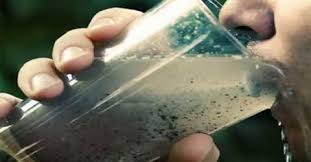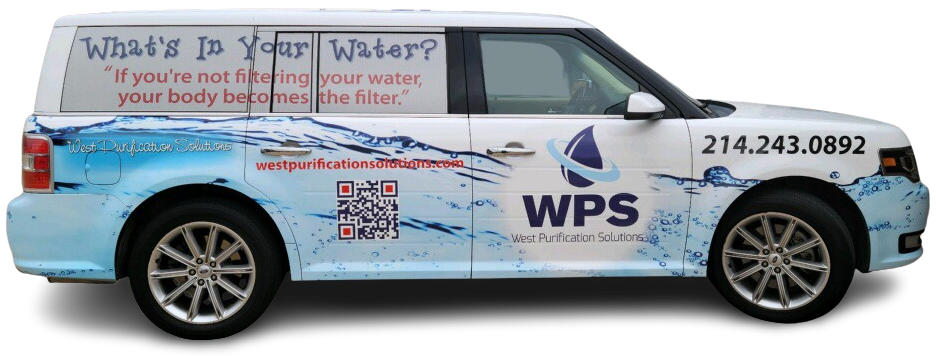Under the Clean Water Act, the government has the ability to regulate pollution throughout the “waters of the United States,” which the 1972 law defined as being “navigable waters.”
The vagueness of the Clean Water Act led to years of litigation, and courts had to decide largely on a case-by-case basis if a particular body of water qualified for protection under the Clean Water Act.
In 2015, the Obama administration, after years of consultation with scientists, environmental groups, industry, and other stakeholders, finalized the Clean Water Rule, which used a 2008 opinion from Supreme Court Justice Anthony Kennedy defining the jurisdiction of the Clean Water Act as any body of water with a “significant nexus” to navigable waters. In doing so, the administration protected 2 million miles of streams, 20 million acres of wetlands, and the drinking water of 1 in 3 Americans that otherwise would not have been clearly covered by federal law.
The Environmental Protection Agency and Army Corps of Engineers’ proposal to undo the Clean Water Rule have been published in the Federal Register, meaning that the plan to review and redefine an Obama-era water pollution rule is officially public.
We already have enough problems with our water. They may get seriously worse. Be proactive in protection. Reactive may be too late.
Scalia’s definition of “waters of the United States” is much narrower than Kennedy’s, arguing that bodies covered by the Clean Water Act need to be both relatively permanent and continuously connected — thus, seasonal streams and wetlands would not qualify for protection. If the Trump administration succeeded in promulgating a rule based on Scalia’s definition, various water law experts agree that it would constitute a massive reduction in the ability of the federal government to protect vulnerable bodies of water from pollution.
The success of such a rule, however, is far from certain. First, the rule would face significant hurdles in the courts, as lower appeals courts have never upheld Scalia’s test for navigable waters on its own; they have all either used Kennedy’s test, or Kennedy and Scalia’s test together. And second, the rule would need to go through a public comment period, offering environmental, public health, and recreational groups — those that most strongly supported the Obama administration’s Clean Water Rule — a chance to voice their opposition to a definition consistent with Scalia’s test.
To avoid public and legal scrutiny over their revision of the rule, however, the Trump administration might get some help from Congress. The House is currently considering a “minibus” spending bill, and a provision in that bill would allow the EPA to withdraw the Clean Water Rule “without regard to any provision of statute or regulation that establishes a requirement for such withdrawal.” That would mean that the EPA could withdraw the rule without following the Administrative Procedures Act, which requires the agency to both have a period for public comment and defend their reasoning for withdrawing the rule as being neither arbitrary nor capricious. During the original public comment period for the Clean Water Rule, the EPA received more than a million comments, 87 percent of which were in support of the rule.
That’s not surprising. Americans generally care deeply about clean water and water protections, even more so than clean air according to one Gallup poll. And Americans tend to care even more about water when it comes to drinking water — more so than they care about the pollution of rivers and lakes, toxic waste, or climate change.
Understanding that when the EPA says that the quality of your water should be of considerable concern, that was years ago. The government is attempting to make the EPA’s quote, a gross understatement.







Leave A Comment